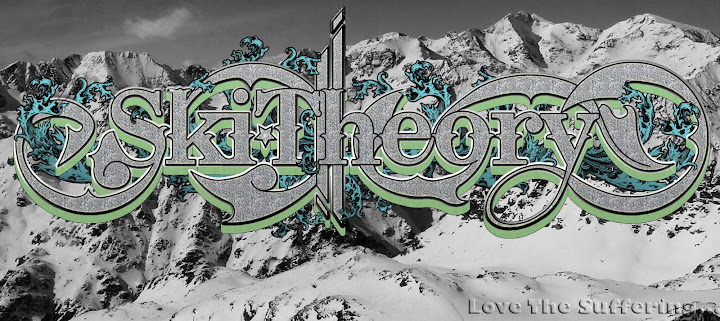(Video Above: Unbelievably lucky guy in an big avalanche, with a helicopter on scene, and rescue team on standby. Not the reality that backcountry skiers have the luxury of.)
First, before anything, everyone in the group needs to have a 3 or 4 antenna avalanche beacon, anything less is out dated technology and should be replaced (why not just have the best and newest beacon, your life is worth it right?). Avalanche beacons are great, but do have issues like any piece of electronics, and many people choose to either disregard those bugs or just don’t know about them. So what can interfere with you Beacon signal? Any piece of electronics within 50cm of the Beacon such as Cell Phones, camera’s (especially those with GPS), GoPro camera’s mounted on the chest (GoPro on the head is fine), GoPro wireless & bluetooth controllers, iPods, heated gloves, magnets on the front of jackets, and even within a recent study that says candy bar wrappers that have foil in their wrappers that sit in the same vicinity as the beacon could create issues! These also aren’t just problems for searchers, but those who are buried, so be weary and keep your gizmos, well away from your beacon, inside your pack. Always wear your beacon under your jacket (never keep it in your pack).
Distance is the next key issue. How far away is everyone from the avalanche and it’s deposition zone? Are they above and can quickly ski down in order to start searching, or do they have to put their skins on and start running uphill to the site? Being far away, halfway down a mountain, and/or in a less than ideal proximity adds a huge amount of time to the rescue effort. Did that person get swept into a terrain trap? Speed is essential at this point, this is made from fitness, ability, distance, searching capabilities, skill and strategic shovelling.
 |
| (Photo Above: Natural avalanche, due to the trees, this area would almost certainly result in trauma if caught in a slide.) |
Now your friend has a beacon on, doesn’t have a cell phone around his/her beacon, got rid of their skis, and was lucky enough to be buried close enough to you and the surface for you to get to them in time. Now what? Many avalanche victims suffer from trauma and can die from that alone. Some may be unconscious, not breathing and/or have a blocked airway, unable to walk, spinal injury, hypothermic, etc. Combine all your skills from avalanche rescue, wilderness first aid, survival, rescue planning, as well as helicopter knowledge, and you have half of the equation done to getting someone out alive. You also need the right gear to drag or move that person to safety, deal with their injuries, and get them to medical care immediately. How will you move them in waist deep snow, will moving them make the injury worse, and do you have enough light left in the day to get home?
 |
| (Photo Above: Practicing moving patients in a toboggan through undulating terrain, complete with cliffs, and deep snow.) |
 |
| (Photo Above: Testing the spinal board patient transport setup in the Bell 407) |
Time between avalanche and getting to the hospital is also critical. Seriously injured patients may only have the ‘golden hour’ to get advanced medical help, whereas others may last much much longer depending on the severity of the injury. Hospital distances and resources must now also come into question, which hospital is best suited to deal with the issue at hand, and how far away is that. For example, it’s my understanding that the Whistler Health Clinic can only accept Twin Engine helicopters such as the 212 at this time, but not the 407 which is required to land at the heliport and rendezvous with an ambulance adding to rescue times. So it’s important to have an idea of what kind of health care is closest to you, and how easy it is to get there.
There is a lot to think about when it comes to a full fledged rescue. SAR Teams are amazing at what they do, and will always be there working as hard as possible to get you and your friends out. However, make no mistake, if a handful of these problematic factors are present, they compound on each other and make rescue much more difficult. The key is to identify potential problems first, and consider them with your trip planning and also with how you ski in the backcountry. Habits such as not skiing with a cell phone that is on and keeping it your backpack is great, regrouping at safe and smart locations is vital, and being prepared for anything is key. By thinking of the consequences of a rescue in the terrain we're in before hand, we can make better decisions, and set ourselves up for success if we are faced with the worst. We are very vulnerable, just how vulnerable is up to us.






